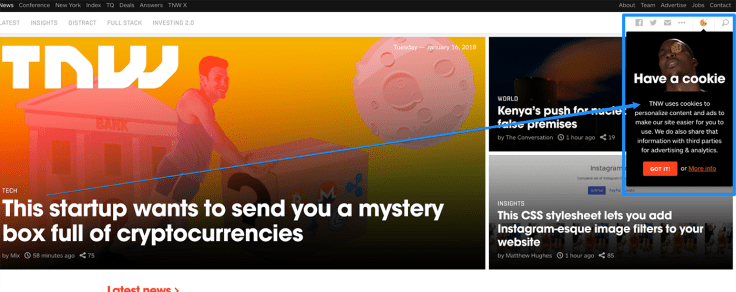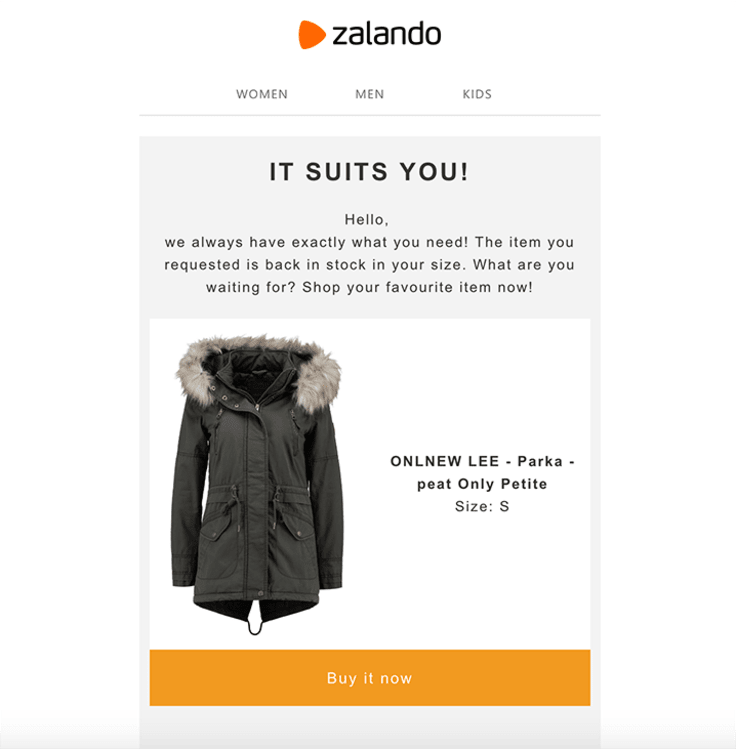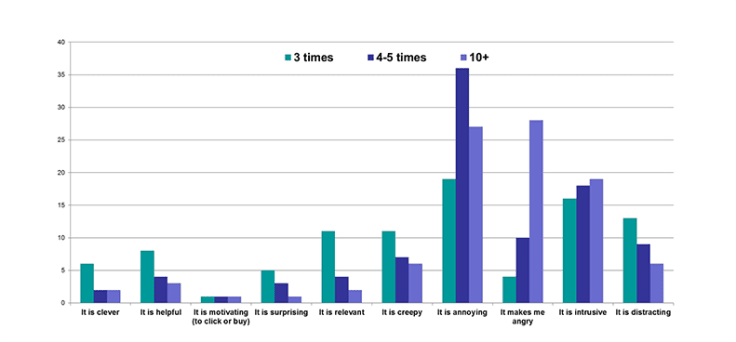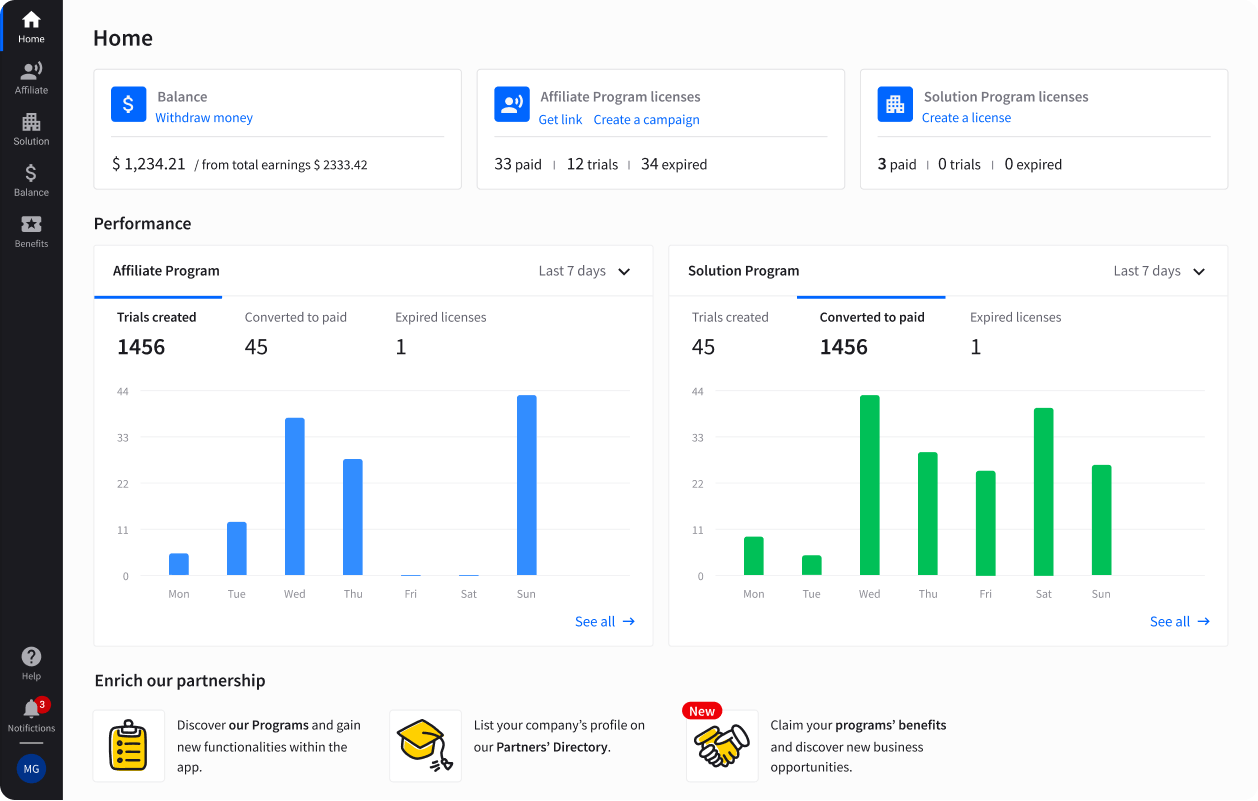Showing top 0 results 0 results found
Showing top 0 results 0 results found

Do you ever feel like products from your wishlist were spying on you? :)
I've gotten this feeling from time to time. Anytime I'm checking, let's say, new fashion collections online, then these products start to follow me.
That's not a coincidence.
What's happened is that I've been retargeted..
Kind of creepy? Might be, but it's also brilliant from a marketing point of view.
Your wishlist products are always trying to be remembered. Indeed, technology powers marketers with a huge advantage today. They are given tools to re-engage online users who once were engaged on a site with its products.
All it takes is to:
- click on an ad banner,
- browse around products,
- fill out a form
and voila! Cookie information has been stored. Congrats, you've been qualified for retargeting!
Statistically, a mere 2% of your site's visitors convert the for the first time. So even if you're getting a lot of traffic, you need to work on the marketing strategy that translates this volume into sales.
Now you're capable of reaching your website visitors again and again with retargeting and remarketing. The best part of it is that these techniques let you re-engage with audiences that got attracted to your resources first. They aren't a random audience of your brand - they're users that are familiar with it, which makes the whole process significantly easier. Thus, you can expect an excellent ROI from your remarketing campaigns.
However, there are two principal terms here in play, so today we'll focus on explaining them and pointing out the differences between them.
After reading this article, you'll know:
- What the difference between remarketing and retargeting is
- What ad exposition is optimal and when your audience gets irritated
Okay, let's dive in.
While remarketing and retargeting share similar goals and tend to be interchangeable, they include strategic differences regarding communication channels. That can be quite confusing, so let's elaborate on it further and clarify this topic once and for all.
What's Retargeting?
Although retargeting uses many approaches, the most popular association here refers to online ad placement and display ads based on on-site user activity. But, how does it work?
All your visitors have a cookie stored in their browsers and they agree on cookie usage upfront.

The cookie is useds to personalize content and ads and is also used for analytical purposes. This way, retargeting based on individual user interactions is possible.
Sidenote: Almost 80% of online users are aware that advertisers collect information. This same volume of people have heard of cookies and fully understand their function. Just 1% of online users have never heard of cookies.
Retargeting is done by third-party display networks, like Google Display Network, allowing you to reach users wherever they are and expose your ads on all the popular sites that your visitors use regularly.
Retargeting can be categorized as follows:
- On-site events retargeting
- Off-site events retargeting

On-site event retargeting
In a nutshell, on-site events based retargeting involves online users who have expressed interest with your brand first. Here you're targeting individuals who are already familiar with your site and have interacted with your products, but maybe abandoned the shopping cart. That's the approach we know best.
Those interactions can be based on:
- how a certain user has found your site,
- what specific products a visitor checked out,
- your email list of subscribers who haven't converted yet,
- actions visitors have taken and those they haven't taken.
Booking.com does a great job with retargeting. For instance, when I'm researching weekend getaways, browsed locations start to chase me at an optimal frequency, so I remember these locations better and can make up my mind faster.

Lately, I've seen these kinds of ads everywhere. In practice, on-site interaction based retargeting indicates a higher engagement and ROI compared to non-retargeting ad campaigns.
Off-site event based retargeting
Off-site event based retargeting reflects online users who haven't visited your site yet, but they have some distinct similarities with your current customer base. This way, your primary focus comes down to targeting user searches and drives them to your site. You can also aim at those who have interacted with your distributed content on a Facebook page or partner sites.
How do you like this article so far? Subscribe for future post updates here.
What's Remarketing?
Interestingly, remarketing focuses on behavior-based email campaigns. Yeah, surprisingly, it doesn't have to do with ads placement at all. It targets your subscribers who had meaningful interactions with a site but haven't converted yet. This technique consists of emailing users who abandoned their shopping cart in the middle of a sales funnel.
To give you a simple example of this kind of remarketing email, take a look at Zalando's message that came to my inbox this week:

As you can see, it's a simple back in stock notification. After all, I've been considering making this parka purchase, but the right size wasn't there. Therefore, I just wasn't able to execute the purchase at a given time and that's a temporal situation. Now l can go back to the shop and complete this purchase.
Also, remarketing can apply to other products which I've liked or added to my Wishlist on this (or another) site. This allows Zalando to send me personalized messages and reminders about products I want or need that I haven't purchased yet.
Okay, now when you already know how does remarketing and retargeting differ we can go further and focus on a next point.
Let's determine what a healthy ad frequency means and how much is too much.
How Not to Overdo It With Retargeting Frequency
If you're just starting with your retargeting strategies, you should be aware that it can be perceived either positively or negatively. It's easier than you think to turn the initially subtle ad display upside down into annoyance. Remarketing can also create the feeling of mistrust and simply discourage your prospects from making a purchase on your site.
Research provided by Inskinmedia proves that:
- over half (53%) consumers say online ads are initially interesting and useful but the more they are repeated the more irritating they become
- 10% of consumers are more likely to buy something after seeing the same ad served repeatedly because of their previous web surfing behaviour
- 55% consumers reported that they are less likely to buy products or services if they see the same ad online multiple times

Thus, one-third of customers have a positive reaction to retargeting campaigns.
However, with increased frequency, positive feedback drops by half. If an ad message is seen more than 5 times by the same audience, then it becomes more intrusive than appealing. Furthermore, if it displays 10 times to a single user, anger starts to dominate as a feeling / reaction to an ad message and can even become brand-damaging.
As you can see, it's important to hold control over your retargeting campaigns and especially their frequency. On the other end, it's not just about the frequency of ads, but also when and where they are served.
Apparently ads that show up once the research phase is finished can do more harm than benefit, so you need the appropriate context for your ads. Ads displayed multiple times are much more digestible and perceived positively if they appear on niche related sites.
Wrapping Up
When you get your hands on retargeting, be mindful about serving your ads in the proper context.
Try to put yourself in your prospect's shoes to understand their pain points and discover platforms that will be considered trustworthy and natural for your retargeting ads.
Analyze your data and predict where your buyers go during their research journey. Also, optimize your retargeting frequency, so it's not overwhelming for your audiences. Understand what's optimal and what's too much in your case.
How do you like my article? If you have any of your own remarketing tips to share, feel free to add them to the comments below.



